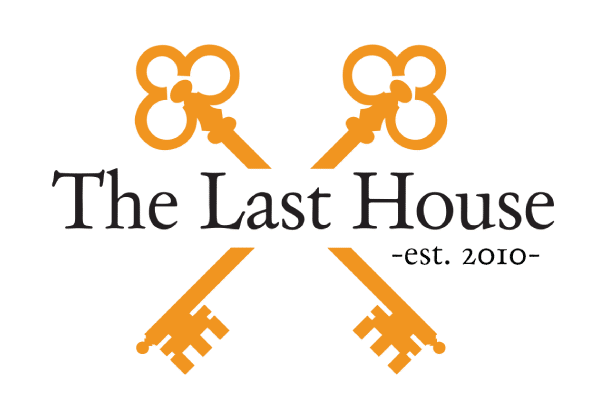
Reflections on a Year in The Last House
Dan B.
When I first arrived at The Last House on December 9, 2016, I had no expectation of staying even a month, let alone the full year. It seemed such a daunting task: long-term recovery in a structured sober living. These were phrases to which I was unaccustomed. Gradually, however, I came to understand their importance and how the latter of those terms facilitated the former.
In the Last House, I found a multi-faceted program of sobriety, accomplished most importantly through 12-step work and daily attendance of Alcoholics Anonymous meetings, and naturally supplemented by their dinner groups, where both the positive changes and concerning goings-on of residents were discussed, and by the sober support network of the house’s residents,
graduates, and the West Los Angeles recovery community at large. I came to realize at The Last House, to be substance-free was the bare minimum barrier for entry; after all, alcoholic behaviors
do not disappear by abstinence of drugs and alcohol alone. Often these defects of character are amplified in the absence of mind-altering substances should they be left unchecked. The Last House put an emphasis on this in a way that none of my other treatment centers had, and I believe it made all the difference.
I had come from an expensive inpatient treatment center in Los Angeles. While there was some level of structure, in that some amount of cleanliness was expected and attendance of five Alcoholics Anonymous meetings a week were required, it was not much more than a substance-free summer vacation (which was oxymoronic to me at the time), and while that kept my parents
feeling secure in my safety, it did not do much at all in changing my thinking or behaviors. I made the most of my time there I suppose; I made good friends, several of whom had no desire or faith in sobriety, which had been my sentiment, as well. Much of my time there was spent shirking responsibilities and rules, and scheming for ways to get high and still test clean. Expectedly, my relapsing eventually happened, and unsurprisingly, I did not get away with it. I will spare the details, since they are unnecessary, but neither the treatment center nor my parents were pleased with me. It was in this unaccepting state of resentment that l was informed I would be going to The Last House.
After leaving that rehab on less than amicable terms, my first few days at the house were difficult, as change always is. What I did notice immediately was how welcoming the residents and staff were. I did not expect a cordial mood, but perhaps a more somber one, yet everyone was genuinely friendly; it made me feel at home. I was assigned a “big brother,” a resident who had been at the house for a month or so and whose job was to show me the ropes and acclimate me to the house over the first few weeks.
During my initial months at the house I made many friends, faced a great deal of challenge, had my “covers pulled” many times in house groups regarding some of my unacceptable behaviors and actions, began my step-work anew, and adapted to the busy schedule of the house. It was a much more analog life than I had experienced previously—one sans my phone, computer, and a few other modern creature comforts previously seen as rights rather than privileges—but it gave me time to work on myself without extraneous distraction. Additionally, I attended Thrive Treatment, an intensive outpatient program closely associated with The Last House and other similar sober livings. Thrive proved invaluable, as it gave me the therapeutic outlet to express my emotions during this fragile period of my recovery.
The longer into my stay at The Last House, the more responsibilities I had to balance. At first, I thought that would only make living there more difficult, the opposite was in fact true. The house had gradually prepared me for these changes, and as the responsibility increased, so did the scope of my world and my freedom. The camaraderie at the house stayed consistently high from day one, but my feelings towards the house had shifted from resentment and fear to love and respect for the house I needed to get my life back on track.
The Last House has been an incredibly difficult and demanding program, but it has changed me in ways I once never thought possible. I am now self-sufficient, responsible, 16 months sober, balance work and school currently, and have learned to manage my life effectively. Due to the progress I have made, I will finally be returning to college full-time this coming August. The Last House has given me a fresh start at life and spawned many great friendships along the way.
I am tremendously grateful and eternally thankful.

 – Quinn DeLoreto 1/12/16
– Quinn DeLoreto 1/12/16







